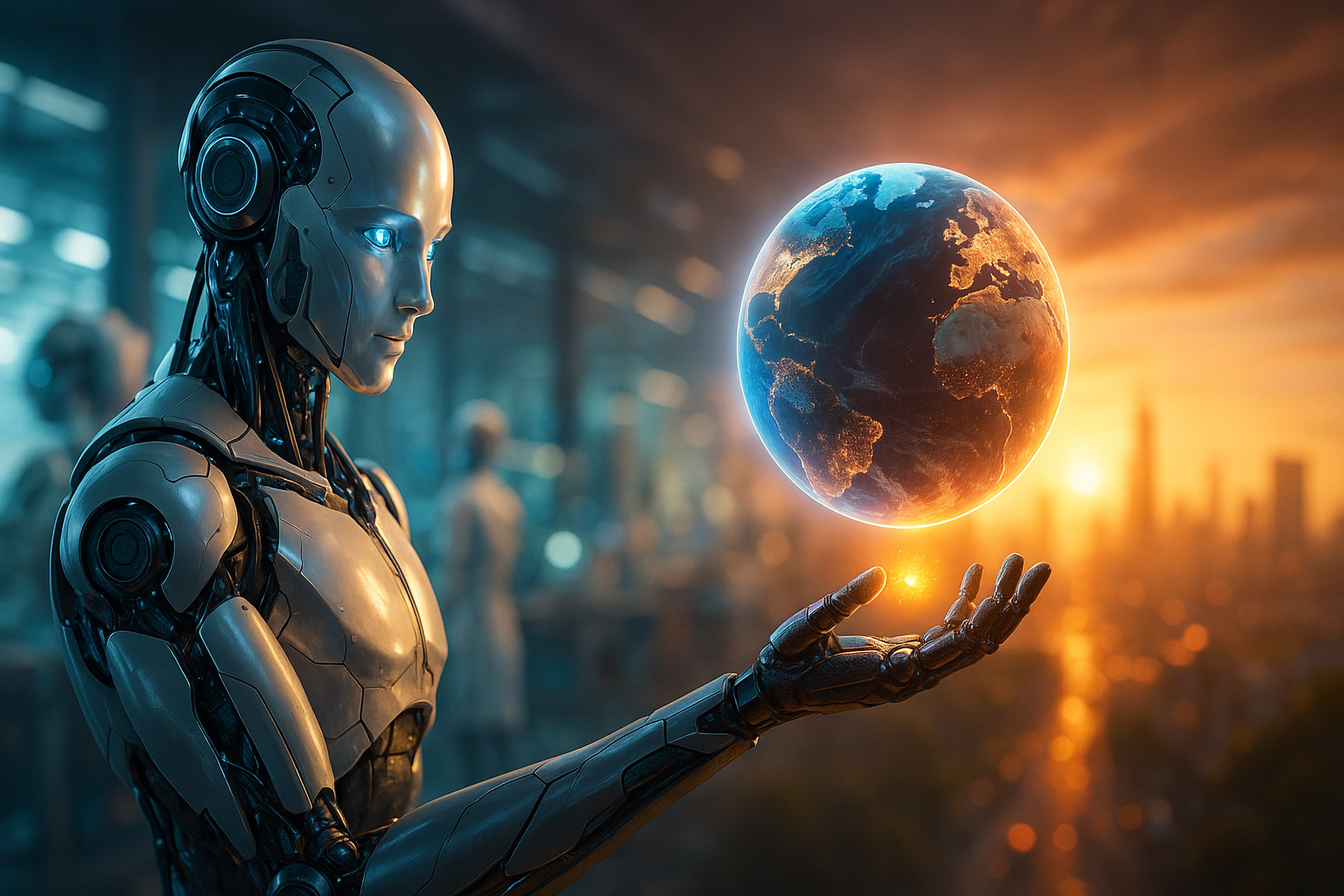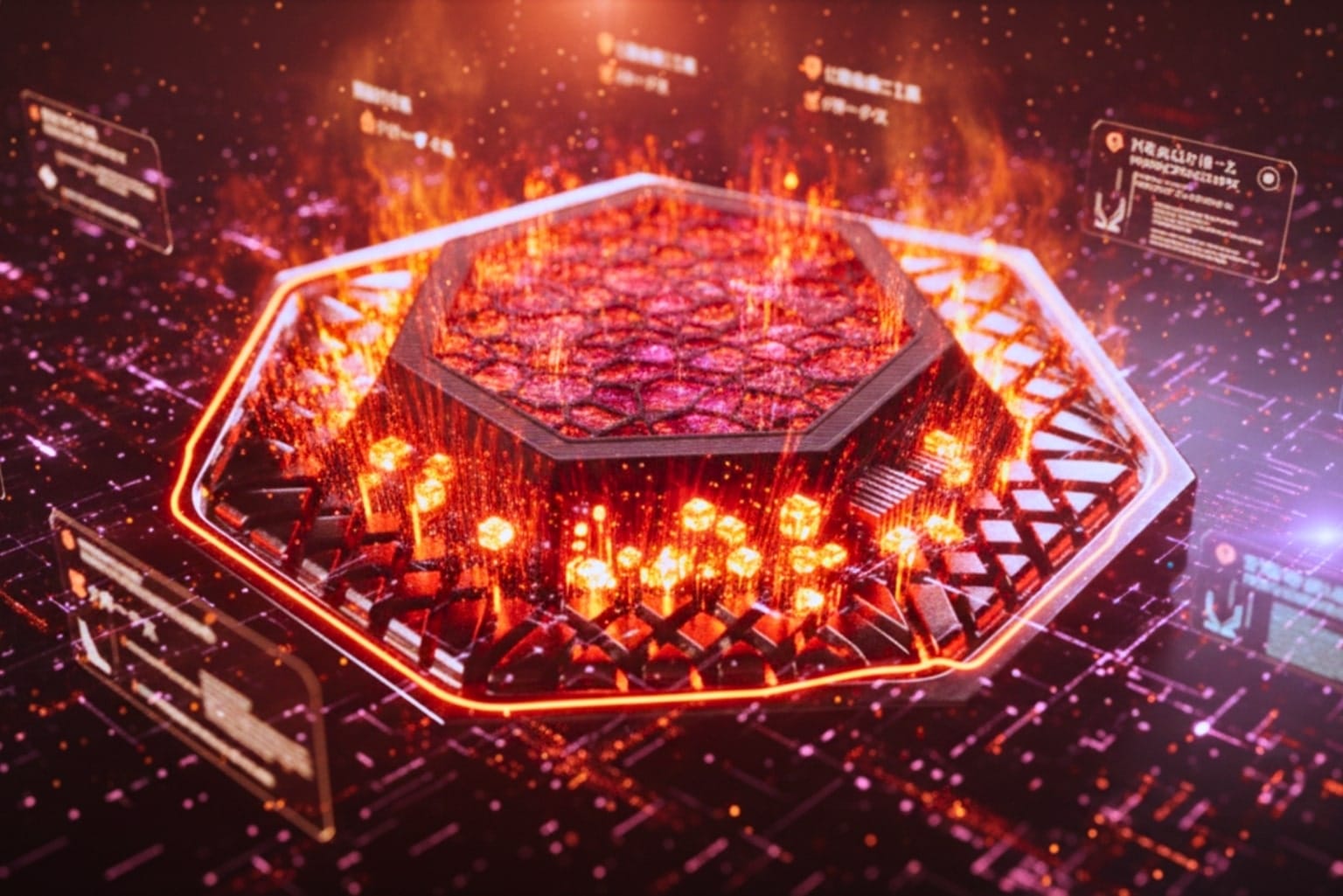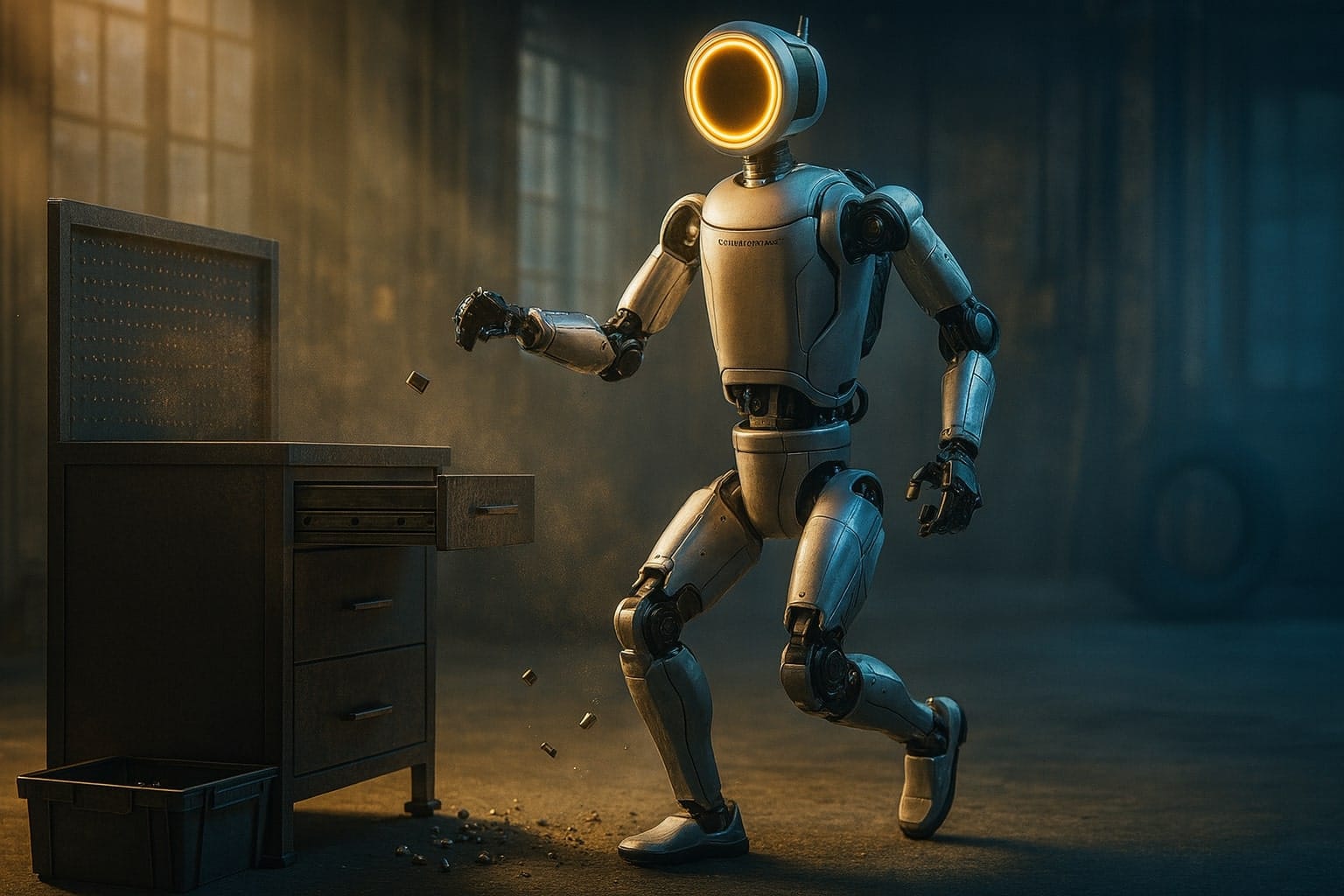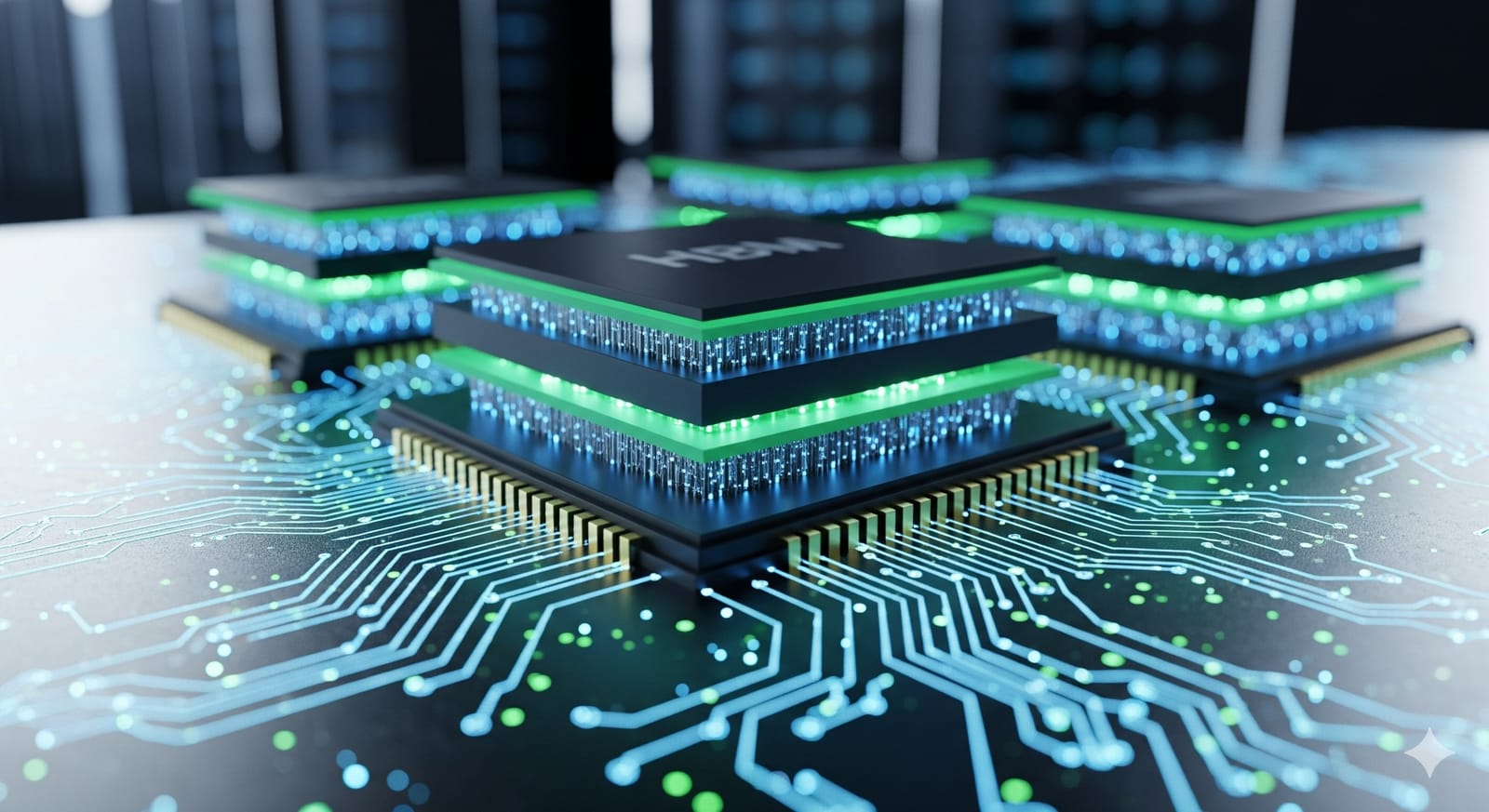In 1961, General Motors installed an ungainly steel arm called Unimate beside a die-casting line. It had no cameras, no conversation skills—just the brute reliability to weld 110 lb car bodies without blinking. Sixty-plus years later, humanoids jog across factory floors, soft cobots share desks with engineers, and surgical robots suture arteries thinner than a human hair.
What changed? A cascade of innovations—cheap sensors, deep-learning vision, reinforcement-trained dexterity, and soon solid-state batteries—have refashioned robots from programmable statues into adaptive teammates. This explainer traces where robots came from, how they work right now, what still trips them up, and why it all matters for the next decade of human progress.
A Brief History of Mechanical Ambition
“The first 50 years of robotics were a celebration of mechanics; the next 50 belong to data.”
- 1961 – Unimate 1900: the first industrial robot, welding for GM—proof that repetitive danger could be automated. Wikipedia
- 1970s-1990s – Microprocessors & Actuators: electronics shrank, torque sensors matured, and six-axis arms flooded automotive plants.
- 2012 – Deep Vision Awakens: AlexNet’s ImageNet victory showed cameras could become eyes rather than mere data collectors. NeurIPS Papers
- 2018 – Sim-to-Real Dexterity: OpenAI’s Dactyl hand solved a Rubik’s Cube after training entirely in simulation, foreshadowing agile manipulation. OpenAI
- 2020s – Language Models Meet Motors: Researchers now wire large language models (LLMs) into robot control stacks, giving machines real-time conversational reasoning. arXiv
The takeaway: hardware set the stage, but software—and especially learning algorithms—unlocked perception and autonomy.
How Robots Work Under the Hood
Sensing the World
Modern robots fuse vision, force, proximity, and sometimes tactile arrays. A single wrist-mounted depth camera can generate a millimeter-accurate point cloud at 30 fps, while silicon “skin” patches measure shear forces to detect slip.
Thinking on the Fly
Control stacks typically layer:
- Low-level loops (kilohertz) that keep joints where they belong.
- Mid-level planners that convert goals into trajectories.
- High-level cognition—increasingly an LLM or reinforcement policy—that decides what to do next given goals, rules, and uncertainties.
Moving with Muscle
Actuators—electric, hydraulic, or pneumatic—translate kilojoules into motion. The field’s holy grail is an actuator with human-like power-to-weight and compliance. Today’s cobalt-free torque motors are close, but they still gulp energy.
The Energy Imperative
Lithium-ion packs limit untethered robots to about one hour of real work. Solid-state lithium-metal chemistry promises 60–70 % higher energy density and far better thermal stability, potentially enabling all-shift humanoids. Science.org
State of the Art—Right Now
Humanoid Helpers
Atlas, Digit, Optimus, and a dozen stealth prototypes can walk, jog, and lift 20 kg payloads. Yet their bills of material hover above US $100 k, and mean-time-between-failure sits under 1 000 hours—far shy of mature industrial gear.
Collaborative Cobots
Six-axis arms with integrated force sensing—priced near US $30 k—now handle packaging, lab automation, even espresso pulls. An upcoming generation layers embedded LLMs so a technician can say “sort these vials by color” and watch compliance update in seconds.
Medical Marvels
Robotically assisted surgery moved from da Vinci’s tele-operated graspers to research prototypes where an AI coach suggests needle angles and suture tension, halving novice error rates in cadaver trials.
Swarms & Micro-Mobiles
GPS-less drone flocks map disaster zones; palm-sized inspection bots crawl turbine blades. When algorithms and communication fail, the worst outcome is a crash, not a multi-ton accident—making swarms a popular testbed for bleeding-edge autonomy.
The Seven Hard Problems Still Blocking Widespread Adoption
- General-Purpose Perception – Edge processors run object detection under 5 W, but rain, glare, and clutter still fool models trained on pristine datasets.
- Dexterity – A universal hand that grips anything remains science fiction; even Dactyl drops the cube 14 % of the time.
- Energy Density – Until batteries deliver a full work shift, humanoids will tether to chargers or wear bulky packs.
- Cost & Supply Chain – High-precision gear-trains, rare-earth magnets, and silicon tactile sensors keep prices steep.
- Safety & Standards – ISO 10218-1/-2 (updated 2025) barely covers language-controlled robots or rapid-learning systems. ISO
- Ethical Oversight – Biased datasets can make a service robot ignore darker skin or misjudge accessibility aids.
- Public Trust – A 2023 Pew survey found 47 % of U.S. workers worry more about job loss than safety—a narrative hurdle as real as any technical flaw. Pew Research Center
What Comes Next—A Glimpse to 2030
- Shift-Length Mobility: Solid-state packs, faster wireless charging pads, and regenerative actuators stretch run-time from hours to days.
- On-Device LLMs: A single edge-optimized LLM with multimodal inputs guides task planning, status explanation, and user instruction in natural language—no cloud tether needed.
- Self-Healing Hardware: 3-D-printed composite limbs embedded with strain sensors will detect micro-cracks and trigger preventive maintenance before catastrophic failure.
- Regulation by Simulation: Digital twins will become mandatory for safety certification; auditors replay corner cases at 100× speed before any hardware ships.
- Human-Robot Skill Loops: Workers record a process with AR glasses; robots watch, ask clarifying questions, then replicate and refine—the birth of crowd-taught automation.
Why This Matters
Robotics isn’t about replacing people with machines; it’s about amplifying human potential when demographics, safety, and climate demand fresh answers.
- Demographic Balancing: The UN projects an 85 million global worker shortfall by 2030. Robots keep supply chains fluid without burning out shrinking labor pools.
- Safer Workplaces: From night-shift inspection to radioactive cleanup, automation saves limbs and lives.
- Healthcare Access: Surgical and rehabilitation robots expand specialist reach to rural clinics.
- Ecological Gains: Precision-spray agro-bots reduce fertilizer by 90 %, protecting groundwater and cutting carbon.
Without ethical guardrails and transparent audits, however, autonomy could widen inequality or embed bias into steel and code. The future we get depends on the diligence we practice today.
Robots are crossing the threshold from tools to teammates. The mechanics are mostly solved; the frontier is perception, power, and—above all—trust. Master those, and robots will shoulder dull, dirty, and dangerous chores while humans tackle truly creative work.







